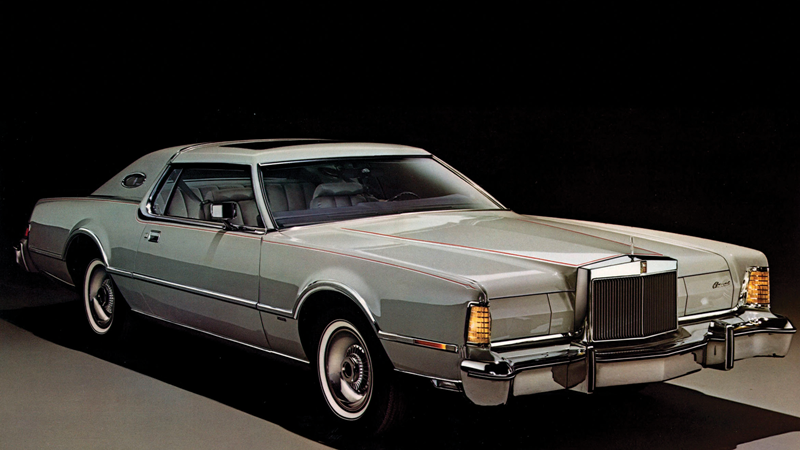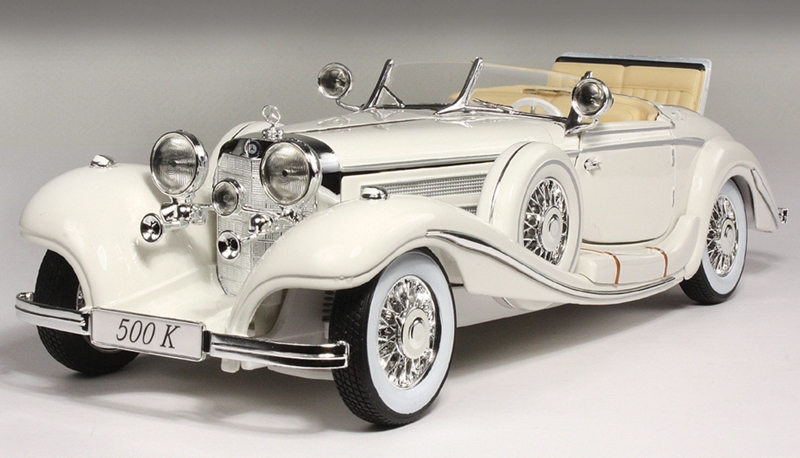The automotive world is accelerating into the future. From self-driving marvels to roads that think for themselves, auto innovations are revolutionizing how we move. Let’s dive into seven major breakthroughs changing the face of transportation.
1. Autonomous Driving: The Rise of Self-Driving Cars
Self-driving cars were once a sci-fi dream—now, they’re cruising city streets. Using a complex web of sensors, radar, LiDAR, and artificial intelligence, these vehicles can interpret their surroundings and make driving decisions in real time. Companies like Waymo, Tesla, and General Motors are pushing the boundaries with Level 4 and Level 5 systems that require minimal to zero human input.
These advanced systems process huge volumes of data every second to stay aware of everything from stop signs to jaywalking pedestrians. Thanks to high-definition 3D mapping, self-driving cars can navigate even the trickiest intersections.
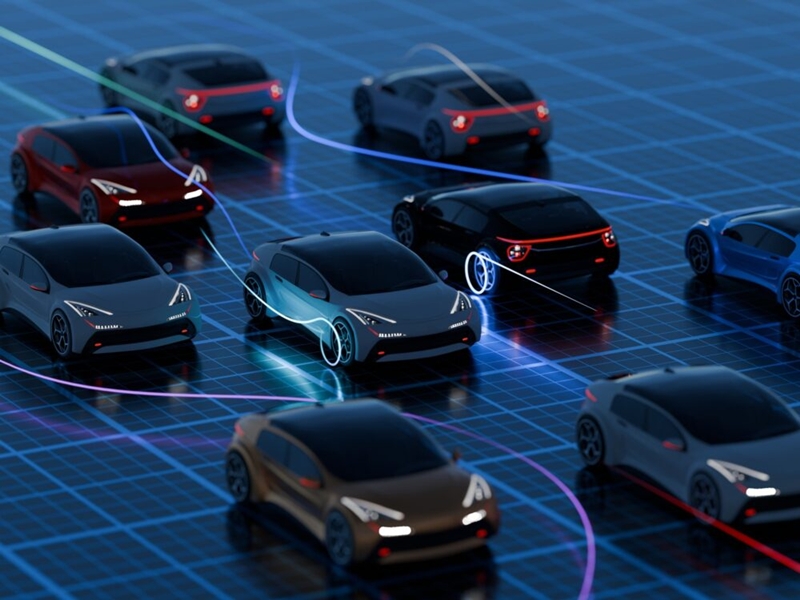
Autonomous vehicles are among the most exciting auto innovations of the decade. The potential benefits are enormous. They could significantly reduce accidents caused by distracted or impaired driving, save lives, and offer newfound independence to those who can’t drive due to age or disability.
As regulations and infrastructure catch up, we’ll see these auto innovations become a regular part of daily life—changing not just how we drive, but how we think about transportation itself.
Read about more interesting things on our Wrench and Ride blog
2. Electric Vehicles and Battery Breakthroughs
Electric vehicles (EVs) are no longer niche—they’re dominating the auto industry. Flagship models like the Tesla Model S Plaid and the Lucid Air Dream Edition have rewritten the performance rulebook. EVs now compete with and even outperform their gas-powered counterparts in speed, range, and reliability.
Central to this evolution is the battery. Today’s lithium-ion batteries are far more energy-dense, efficient, and cost-effective than they were even a few years ago. But the real game-changer? Solid-state batteries. These promise faster charging, better longevity, and increased safety—potentially allowing a full charge in under 10 minutes.
Charging infrastructure is expanding rapidly, too. Fast-charging stations are cropping up along major highways, and some cities are piloting wireless charging pads that work while the vehicle is parked—or even while it’s moving.
EVs represent one of the most impactful auto innovations of the century. They’re also inspiring eco-conscious advancements in design, with many built using recyclable materials and energy-efficient processes. More than just vehicles, these auto innovations are shaping a cleaner, smarter future for the planet.
3. Connected Cars and Smart Ecosystems
Modern cars are evolving into mobile smart devices. Thanks to the Internet of Things (IoT), connected vehicles can communicate with everything around them—from other cars to traffic lights to cloud servers. This ecosystem helps optimize travel, reduce congestion, and improve road safety.
One standout feature is Vehicle-to-Vehicle (V2V) communication. Imagine a car up ahead slamming on the brakes—your car can know about it instantly, even before you see the brake lights. This reduces reaction time and prevents chain-reaction collisions. Similarly, Vehicle-to-Infrastructure (V2I) allows cars to receive updates about traffic jams, construction zones, or weather-related hazards.
Onboard infotainment systems have also seen a massive upgrade. Voice-activated AI assistants, real-time traffic navigation, and even stress detection help create a personalized, seamless driving experience. Your car knows your preferred temperature, music, and even when you need a break.
These connected car features are among the most exciting auto innovations today, enhancing both safety and convenience. As 5G technology becomes more widespread, expect even more auto innovations that make every ride smarter, faster, and more enjoyable.
4. Smart Highways and Infrastructure
Cars are getting smarter—but so are the roads beneath them. Smart highway systems use embedded sensors, cameras, and communication tools to manage traffic flow dynamically. These roads can gather real-time data on vehicle movement, weather conditions, and road surface integrity.
This information feeds into intelligent traffic systems that adjust speed limits, lane configurations, and traffic light timing on the fly. Some highways even have overhead digital signs that change based on current conditions, helping drivers avoid accidents and reduce time stuck in traffic.
Experimental projects take things even further. In Sweden and the U.S., wireless charging lanes are being tested that allow EVs to charge as they drive. These auto innovations could revolutionize long-distance electric travel, eliminating the need for charging stops.
Smart highways also support emergency response systems, notifying authorities immediately about accidents and enabling faster intervention. As urban centers grow and vehicle numbers increase, smart infrastructure will be key to keeping traffic flowing and roads safe—and will remain one of the most impactful auto innovations of the next decade.
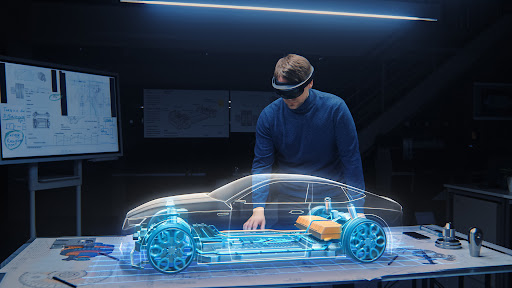
5. Next-Gen Safety Systems
Today’s safety systems don’t just protect you during a crash—they work to prevent crashes altogether. These advanced driver assistance systems (ADAS) are becoming standard features in many new vehicles and include tools like adaptive cruise control, automatic emergency braking, and blind-spot monitoring.
Forward collision warnings use radar and cameras to detect potential hazards. If the driver doesn’t react in time, the car can apply the brakes automatically. Lane-keeping systems gently guide the car back into its lane if it begins to drift without a signal. Some vehicles even come equipped with driver monitoring systems that alert you if you’re drowsy or distracted.
These features aren’t just for protecting drivers. Pedestrian and cyclist detection systems are becoming more precise and responsive, able to distinguish between adults, children, and even pets, and react accordingly.
As these auto innovations improve and become more accessible, they’ll play a pivotal role in reducing road fatalities and injuries. Next-gen safety isn’t just about airbags—it’s one of the most life-saving auto innovations shaping the vehicles of tomorrow.
6. Green Manufacturing and Alternative Fuels
Auto innovations extend beyond what happens on the road—they begin at the factory. Automakers are reimagining how cars are built, using renewable energy, closed-loop recycling systems, and sustainable materials to reduce environmental impact.
Take BMW, for example, which uses solar-powered manufacturing plants, or Toyota, which has pioneered green production processes. Many companies now incorporate recycled plastics, plant-based fabrics, and biodegradable materials into vehicle interiors.
On the fuel front, hydrogen-powered fuel cells are gaining traction, offering zero-emission alternatives with faster refueling times compared to battery-electric vehicles. Synthetic fuels, created using captured carbon and renewable energy, could also keep internal combustion engines alive while slashing emissions.
Lightweight materials like carbon fiber composites and advanced aluminum help vehicles use less fuel and emit less CO₂. These auto innovations in green manufacturing and alternative fuels are helping to create a cleaner, more sustainable automotive industry—from the assembly line to the open road.
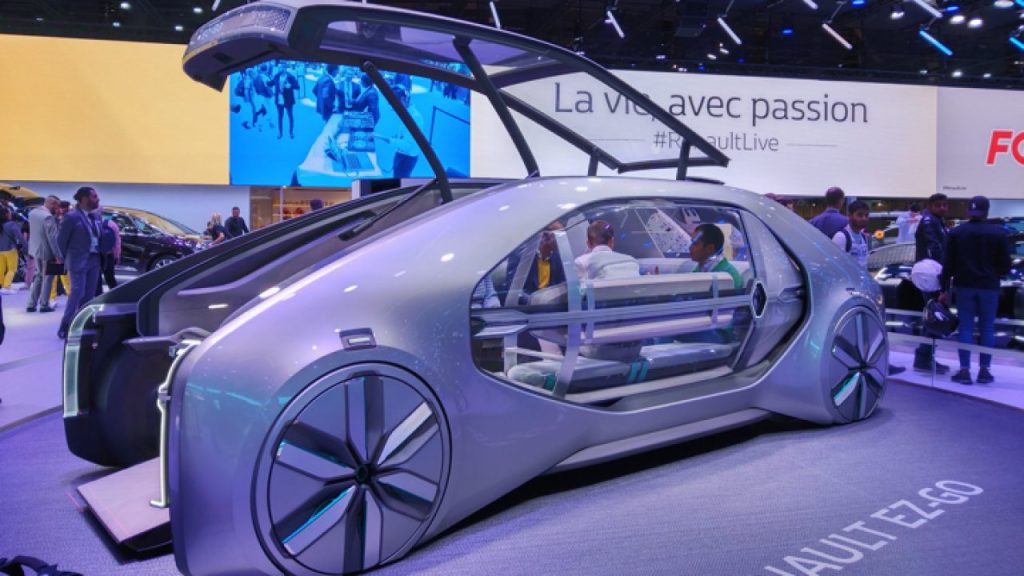
7. The Future of Mobility: Flying Cars and Modular Designs
We’re not just talking innovation—we’re talking revolution. The next frontier in transportation includes flying cars and modular vehicles, both of which could radically reshape how we move through the world.
Urban air mobility (UAM) projects are gaining steam, with companies like Joby Aviation and Volocopter developing electric vertical takeoff and landing (eVTOL) aircraft. These flying taxis aim to cut travel time in congested cities dramatically and could hit the skies within the next decade.
On the ground, modular vehicle designs offer unique flexibility. Imagine a vehicle where the passenger pod detaches from the drive unit. You ride to work, hop out, and the car autonomously heads off to park itself or serve another commuter. This vision could change how we think about car ownership and ride-sharing.
These auto innovations are about more than just convenience—they represent a new way of thinking about mobility. The blending of platforms—cars, bikes, public transit, flying taxis—will give people a seamless, door-to-door solution. The future isn’t just autonomous or electric—it’s dynamic, shared, and multidimensional.
What’s Next
Next-Gen Auto Innovations You Need to Know About
1. 3D-Printed Cars and Custom Components
3D printing isn’t just for prototypes anymore—it’s changing how we build entire cars. This game-changing technology allows manufacturers to print vehicle parts on-demand, reducing production costs, time, and environmental impact. Startups like Local Motors have even created fully 3D-printed electric vehicles, such as the Strati, in just 44 hours.
Beyond novelty, 3D printing opens the door to greater customization. Need a specific part replaced? Print it. Want a unique design feature? Print that too. Automakers are exploring lightweight printed structures that maintain strength while improving fuel efficiency.
This is one of the most disruptive auto innovations to hit the manufacturing world. In high-performance and concept vehicles, we’re already seeing intricate printed components that would be impossible to produce using traditional methods. And as metal and composite 3D printing technologies mature, expect to see more of these parts in everyday vehicles.
3D printing also allows for rapid iteration—engineers can test and tweak designs in days instead of months. As this auto innovation scales, it could reshape manufacturing, localize supply chains, and give rise to personalized vehicle production like we’ve never seen before.
2. AI Co-Drivers and Emotion-Sensing Interfaces
What if your car could tell when you’re tired, stressed, or just having a rough day—and actually do something about it? That’s the idea behind AI co-drivers. These high-tech copilots use facial recognition, voice tone, and even your heart rate to figure out how you’re feeling and offer real-time support.
Start yawning or looking drowsy? Your car might suggest taking a break, dim the lights, and play some relaxing music. If you’re feeling overwhelmed, it could shift the cabin lighting to a calm blue or turn on a quick meditation mode.
Automakers like BMW and Toyota are already building these emotion-sensing systems into their vehicles. They’re not just voice assistants anymore—they remember your favorite coffee shop, adjust the climate to your liking, and can even call for help if you stop responding.
This is one of the coolest auto innovations out there—not just about safety, but about making your drive feel more human. In the near future, your car might not just get you from point A to B—it might help you feel better along the way. That’s the kind of auto innovation that truly changes the game.
3. Gamification and Augmented Reality Dashboards
Your windshield is about to become a whole lot smarter. Thanks to augmented reality (AR) dashboards, the days of glancing at your phone for directions are fading fast. Instead, real-time visuals—like glowing arrows guiding your next turn or alerts about pedestrians—will be projected right onto your field of view.
Brands like Mercedes-Benz, Hyundai, and even Apple are leading the charge, creating AR systems that make driving safer and more intuitive. These displays adjust based on your surroundings and behavior, using a blend of AI and advanced sensors.
But the fun doesn’t stop there. Enter gamification. Imagine earning points for smooth acceleration, smart braking, or efficient fuel use. It’s like turning your daily commute into a real-life video game. Some insurers may even offer rewards or discounts for high scores.
These auto innovations aren’t just eye candy. AR dashboards and driving gamification are changing how we engage with our vehicles—making every trip more interactive, personalized, and just plain fun. It’s one of those auto innovations that make you wonder how we ever drove without it.
4. Satellite Navigation and Over-the-Air (OTA) Updates
Remember when updating your car meant a trip to the dealership? Not anymore. With auto innovations like over-the-air (OTA) updates, your car can now receive software upgrades, new features, and critical fixes remotely—just like your smartphone.
Tesla led the way, but now companies like Ford, GM, and Volkswagen are on board. One morning you might wake up to better battery efficiency or an upgraded interface, all without lifting a finger. Some updates even enhance self-driving capabilities or add entirely new functions.
Pair that with satellite-based navigation, and things get even cooler. These systems offer incredibly precise location tracking—accurate to the lane you’re in. That means better routing, real-time traffic data, geofencing capabilities, and smarter navigation that adapts on the fly.
These auto innovations don’t just improve convenience—they extend your vehicle’s lifespan. Buy a car today, and five years from now it might still feel brand new thanks to continuous improvements.
Together, satellites and OTA updates are redefining what it means to own a car—turning it into a dynamic, upgradeable platform rather than a static machine.
5. Predictive Maintenance and Digital Twin Technology
Imagine if your car could give you a heads-up before something breaks—saving you from unexpected repairs or getting stuck on the side of the road. That’s the magic of predictive maintenance, one of the most practical auto innovations gaining ground in today’s connected vehicles.
Thanks to a mix of sensors, AI, and real-time data, your car can now pick up on subtle signs of trouble—like unusual vibrations, temperature changes, or drops in performance. Instead of waiting for a warning light, you might get an app notification days (or even weeks) before a part fails.
But it gets even cooler. Some automakers are using digital twin technology—a virtual replica of your vehicle that updates in real time. This “twin” can simulate wear and tear, test out repairs before they’re made, and analyze your car’s health over time. It’s like having a mechanic in the cloud.
These auto innovations don’t just improve reliability—they help with budgeting, reduce downtime, and make fleet management a breeze. Think of it as your car getting a constant checkup, every mile you drive.
6. Smart Tires and Airless Wheel Technology
Tires are finally getting a high-tech makeover. While rubber still rules the road, auto innovations like smart and airless tire technologies are reshaping what we expect from our wheels.
Smart tires come equipped with embedded sensors that track pressure, temperature, tread depth, and even road surface conditions. That data gets sent to your car’s system—or straight to your phone—so you can get real-time alerts and better performance insights.
At the same time, companies like Michelin and Bridgestone are leading the charge with airless tires. Made from flexible, lattice-style materials, these tires never go flat, need less maintenance, and are more environmentally friendly than traditional ones.
These smart systems also boost safety. They can adjust for wet or icy roads and help reduce blowouts. For delivery fleets and rideshare companies, this kind of remote monitoring and predictive tracking can cut costs and downtime.
As EVs and self-driving cars continue to grow, tires that can “talk” to vehicles will become essential. These auto innovations make sure even the most overlooked part of your car is ready for the future.
Fun Facts About Auto Innovations
- The first 3D-printed car, the Strati, was built in just 44 hours—faster than some pizza deliveries in bad traffic! Now that’s one of the cooler auto innovations.
- AI systems in today’s cars can actually sense your mood and adjust cabin lighting or music to match. Emotional support vehicle? Yes, please.
- Mercedes-Benz’s AR dashboard doesn’t just show directions—it can highlight pedestrians and road signs before you even notice them. One of the flashiest auto innovations out there.
- Tesla once boosted vehicle range during a hurricane using a remote software update—no trip to the mechanic needed. Just one more way auto innovations are changing the game.
- Some smart tires can tell if you’re driving like a maniac and adjust pressure or give tips to improve performance. It’s like having a driving coach in your wheels.
- BMW’s digital twin tech means your car could have a virtual twin constantly running simulations to detect issues before they happen. It’s preventative care, auto-style.
- Airless tires may look futuristic, but they’re real—and they’ll never go flat, no matter what you roll over. Definitely one of the more underrated auto innovations out there.
Need a mechanic? Find one on the Mobile Mechanic Directory
Final Thought: Auto Innovations Are Just Getting Started
Let’s be real—this isn’t your grandpa’s car world anymore. We’ve officially moved into an era where auto innovations are flipping the script on how we drive, maintain, and even think about our vehicles. From 3D-printed parts to smart tires that literally talk to your car, the automotive world is transforming right before our eyes—and it’s actually pretty awesome.
Take a second to think about it: a car that prints its own parts, predicts when something’s about to go wrong, updates itself overnight, and even knows when you’ve had a stressful day. These aren’t far-off dreams—they’re here, now, and getting better with every update. Whether you’re into the techy stuff like AI co-drivers and digital twins or just appreciate a smoother, safer ride, these auto innovations are built to make your life easier, safer, and way more interesting.
The coolest part? We’re only scratching the surface. As more brands push the envelope, expect to see things like fully modular vehicles, hyper-personalized driving experiences, and cars that become smarter the longer you drive them. Thanks to ongoing auto innovations, your next ride might not just get you from point A to B—it might learn from you, adapt to you, and even take care of you in ways you never thought possible.
And let’s not forget the impact on the environment and affordability. These auto innovations are not only exciting—they’re helping create a cleaner, more efficient future with better fuel economy, fewer breakdowns, and smarter production processes. Plus, innovations like airless tires and OTA updates mean fewer trips to the shop and less stress overall.
So whether you’re a car nerd, a tech junkie, or just someone who wants their daily commute to be a little more awesome, there’s never been a better time to be in the driver’s seat. The world of auto innovations is moving fast—and it’s taking all of us along for the ride.


